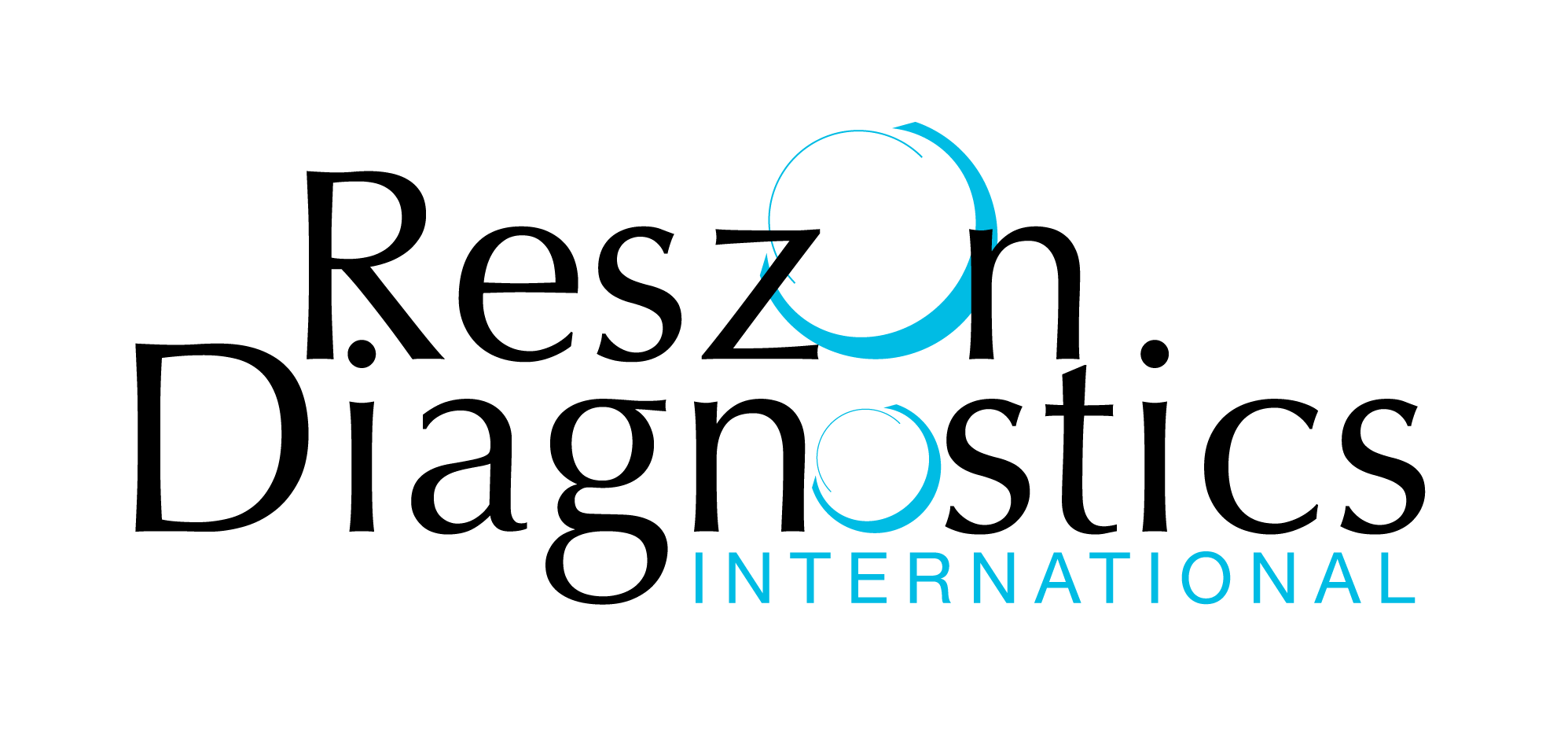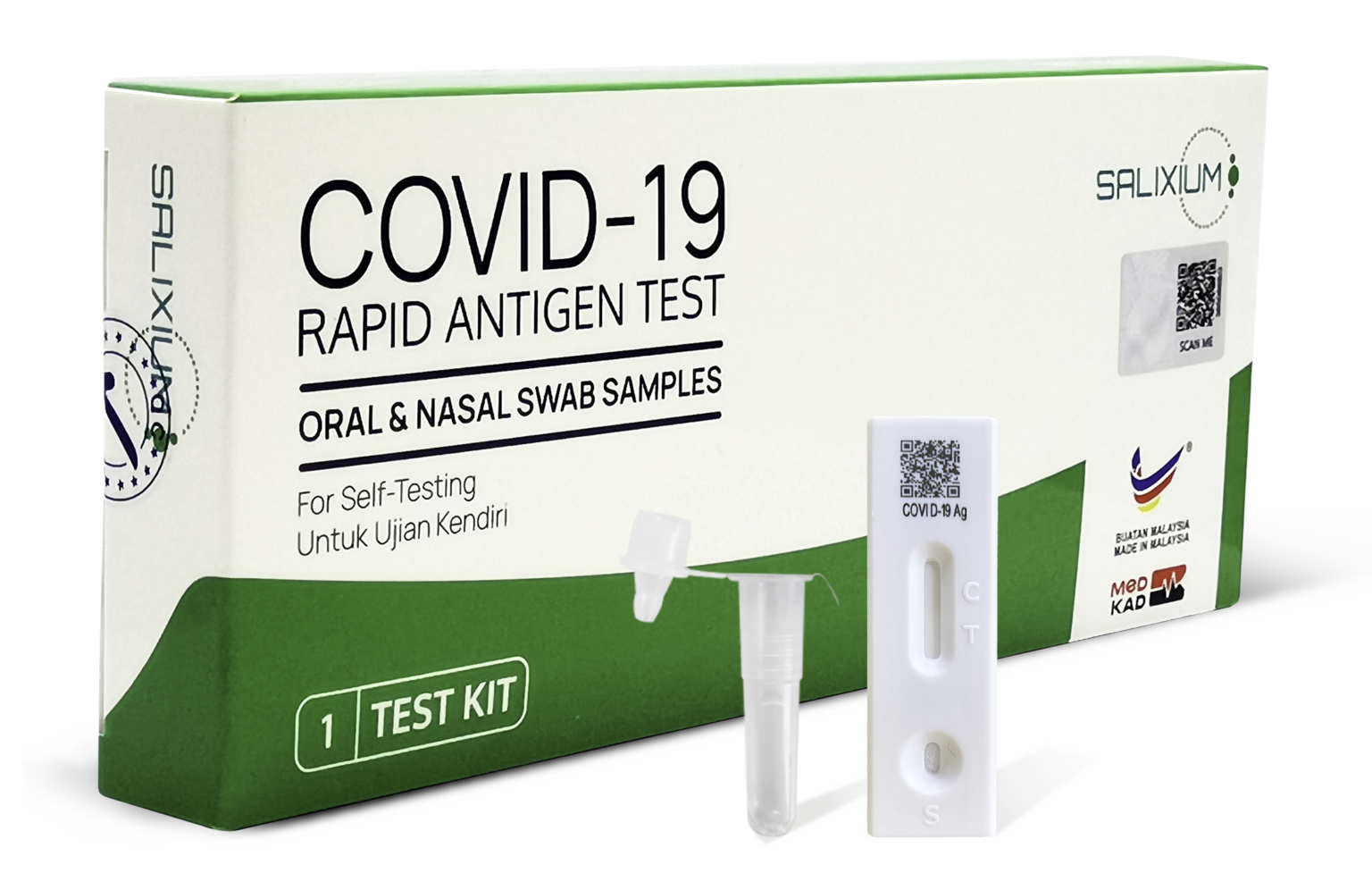
As of 25 Apr 2023, a total of 12 cases involving the SARS-CoV-2 XBB.1.16 (Arcturus) viral subvariant have been detected in Malaysia, says Health Minister Dr. Zaliha Mustafa.1
Where did Arcturus come from? 2
XBB.1.16, also known as Arcturus, is a subvariant of the Omicron variant XBB and was first detected in India in January 2023. XBB.1.16 is a descendant of XBB, a recombinant omicron strain, meaning it contains genetic material from two different variants. Specifically, XBB is a mixture of two BA.2 sublineages: BA.2.10.1 and BA.2.75.
Compared with its parent strain XBB, Arcturus has three additional mutations in the spike protein: E180V, F486P and K478R. This is a protein on the surface of SARS-CoV-2 (the virus that causes COVID) which allows it to bind to and infect our cells. Arcturus is understood to be the most contagious subvariant yet, and these additional mutations might explain why.
How worrying is it? 3
The World Health Organization (WHO) has categorised XBB.1.5 and Arcturus as variants of interest, meaning variants that may have a significant impact on transmissibility.
Citing an epidemiological study by Japan, Universiti Sains Malaysia virologist Kumitaa Theva Das said Arcturus is 1.2 times more transmissible than XBB.1.5, which was reported to transmit faster than other variants such as Delta and other Omicron sub-variants. XBB has shown increased transmissibility relative to earlier variants, probably because it appears to be better at evading existing immunity from vaccination and prior infections.
What are the symptoms? 2
The typical symptoms of COVID include fever, cough, runny nose and loss of sense of taste or smell. However, doctors in India have reported conjunctivitis symptoms in children infected with Arcturus, which has not generally been seen in earlier COVID waves.
Where is XBB.1.16 spreading? 4
First reported in India in January 2023, WHO has since found XBB.1.16 present in at least 33 countries. Alarm has been raised in Asia: at one point in April India was seeing 10 000 confirmed cases a day—nearly two thirds of all covid-19 in the country, and necessitating the return of mask mandates. Case numbers are now receding.
The latest UK Health Security Agency (UKHSA) technical briefing (21 April) had the variant making up 2.3% of all covid-19 cases sequenced in the UK.The agency has sequenced 105 cases of patients testing positive and five people have died from their infection. UKHSA says that, based on the available epidemiological and laboratory data, it is “unclear” whether the spread seen in India and elsewhere will be replicated in the population immunity landscape of the UK. “XBB.1.16 is currently at a low prevalence in the UK, showing some early evidence of growth advantage (low confidence due to low sample numbers), and will be monitored,” its report stated.
The US Centers for Disease Control and Prevention’s latest figures (22-29 April) have XBB.1.16 accounting for about 11% of all US COVID-19 cases.
COVID-19, on the other hand, can still be an unpleasant sickness with unknown health consequences. It can still be fatal for select groups. Trying to avoid infection, avoiding transmission, and adhering to the suggested schedule of COVID-19 immunisations are all critical.
Early detection of infection can be done by performing RTK-Ag self-test kit to help monitor infection status to protect yourself and others! Purchase Salixium COVID-19 RTK self-test kit from authorized distributor and registered pharmacies to avoid tampering and/or contamination.
Uji Sendiri, Lindungi Komuniti! Test yourself, Protect others!
References:
1. The Star (2023) Arcturus subvariant has landed in Malaysia. Accessed on 15 May 2023.
2. Manal Mohammed (2023) Arcturus: what to know about the new COVID variant, omicron XBB.1.16. The Conversation. Accessed on 15 May 2023
3. Reshna Reem Ganesan (2023) Explained: The new Covid-19 variant, Arcturus, FMT Media. Accessed on 15 May 2023
4. Mun-Keat Looi (2023) What to know about the new COVID variant, omicron XBB.1.16 subvariant? BMJ 2023;381:p1074




